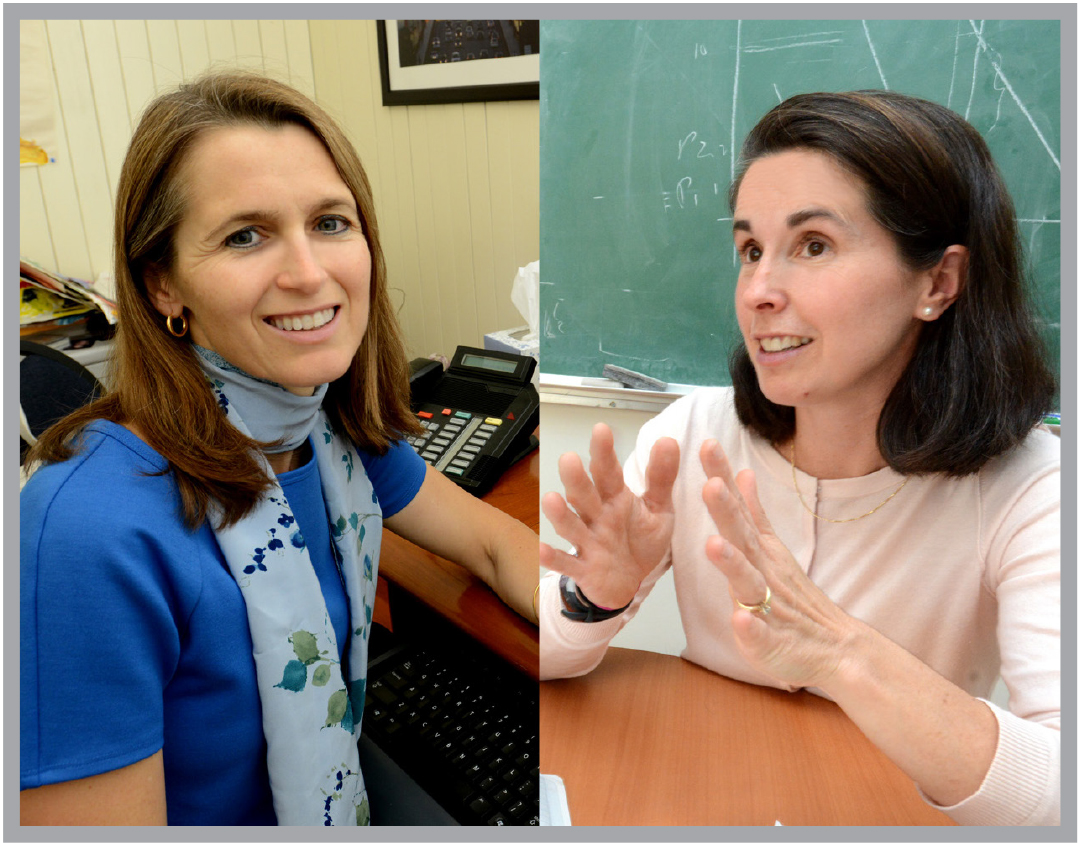
Resource economists Catherine Wolfram (left) and Meredith Fowlie carried out a rigorous study that found surprisingly low savings relative to costs in part of a nationwide effort to improve home energy-efficiency. Photo: Peg Skorpinski
A $5-billion Weatherization Assistance Program aims to increase winter comfort and decrease energy use. The 2009 funding provided qualified households an average of about $5,000 in improvements.
It also offered Berkeley economists Meredith Fowlie and Catherine Wolfram, together with Michael Greenstone, a professor at the University of Chicago, an excellent opportunity to study the effectiveness of such energy efficiency efforts. Most models developed by engineers and policy experts project impressive energy savings from such weatherization programs. But few studies have systematically compared projected and realized savings.
Wolfram and Fowlie carried out a multi-year study of more than 30,000 low-income households that were eligible for the program in southern Michigan. The researchers tracked monthly natural gas and electricity consumption before and after weatherizing improvements were made. They monitored homes that accepted the improvements as well as those that did not. They also sought solid data on what percentage of households would take advantage of the apparent win-win weatherization opportunity.
“We wanted to provide some real ground-truthing,” Fowlie says. They designed a “randomized controlled” experiment — the gold standard in scientific research, but one not commonly carried out in economics studies.
Somewhat surprisingly, only 15 percent of the “encouraged” households applied for the weatherization, and ultimately, only six percent of them actually followed through and received the weatherizing retrofits. In the control group, two percent applied and one percent ended up participating.
Even among those who did participate, the results were sobering. Households that accepted the new weatherization saved 20 percent on their annual energy bills — less than half of what engineering models had predicted on average. Worse still, the savings in dollars was about half of the cost of the weatherizing retrofits.
“If you’re a low-income family, 20 percent is a huge savings, and it’s also a big savings in energy,” Fowlie says. “But the amount saved falls well below what was projected by the weatherization program. This means that, by most measures, savings did not exceed the cost of the improvements.”
